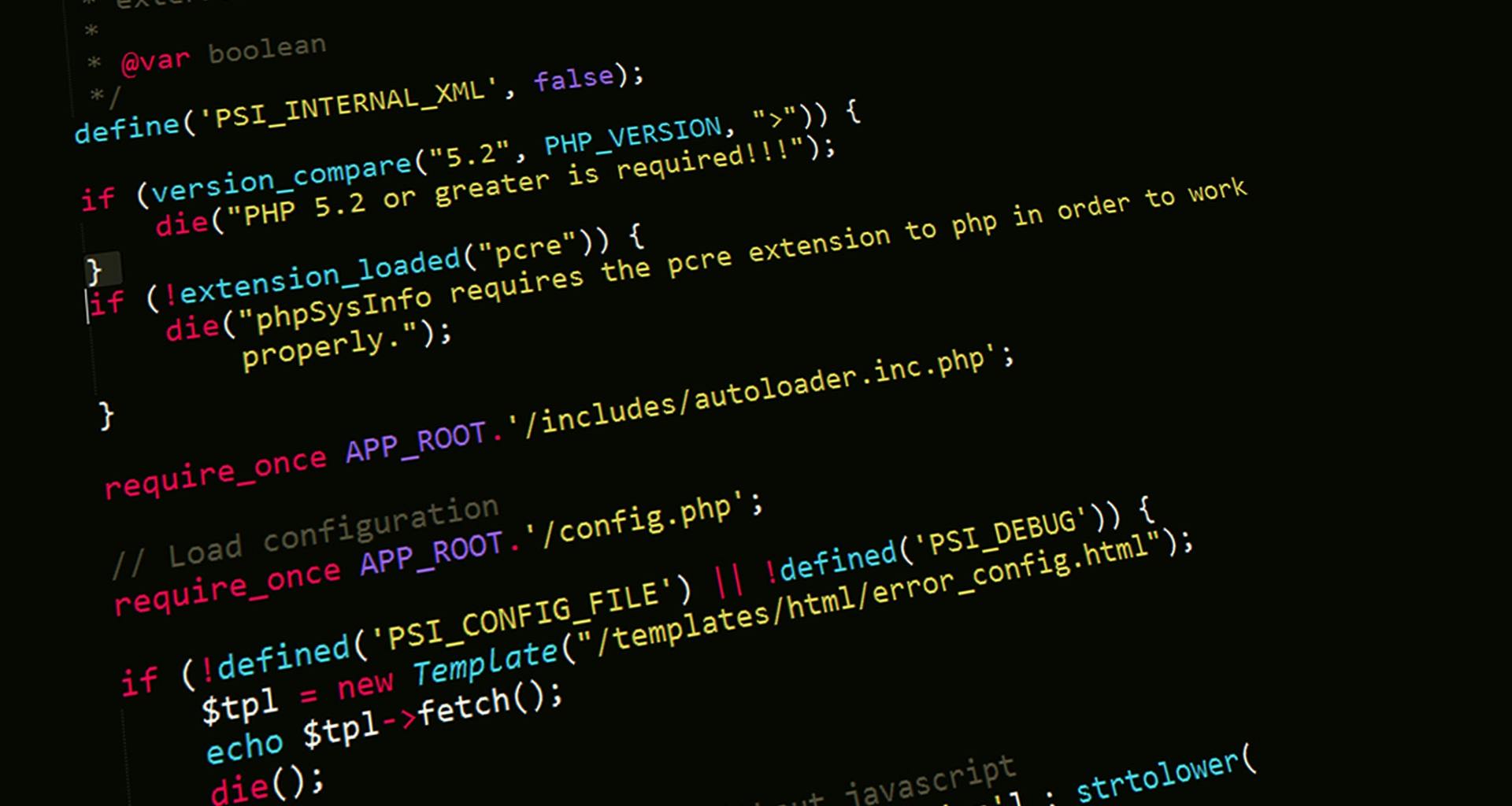Best Practices for Storing Database Credentials in PHP Applications in 2025: A Modern Perspective
In the evolving landscape of web development, security practices continually adapt to protect sensitive information and maintain application integrity. A common scenario involves a front-end server directly connecting to a MySQL database using PHP, where database credentials—such as hostname, port, username, and password—are stored within PHP files. While this approach might have been acceptable in the past, it is crucial to reassess its viability in 2025 and beyond.
The Traditional Approach and Its Limitations
Historically, developers have stored database connection details within PHP scripts, often outside web root directories or in configuration files included at runtime. An example of such a setup might involve a PHP file containing:
“`php
“`
This file is then included or required in other scripts to establish database connections. While this method simplifies access, especially during early development, it raises significant security concerns, especially when the front-end server directly interacts with the database.
A notable discussion on Stack Overflow (https://stackoverflow.com/questions/47479857/mysqli-connection-db-user-and-password-settings) suggests that storing credentials in PHP files is considered acceptable—for internal, controlled environments. However, in practice, this approach often neglects potential risks, particularly if server misconfigurations or vulnerabilities emerge.
Why Storing Credentials on the Front-End Server Is Risky
Despite being an internal component, storing database credentials on a front-end web server can expose sensitive information due to various factors:
- Server vulnerabilities: If the server is compromised, attackers can access PHP files containing credentials.
- Code exposure: Malware, misconfigurations, or accidental content exposure may lead to credential leaks.
- Insider threats: Employees with access to the server could misuse credentials.
- Best security principles: The principle of least privilege advocates minimizing access to sensitive data, which is compromised when credentials are stored in accessible locations.
Modern Best Practices in 2025
Given these risks, current security standards recommend alternative methods that enhance data security and system resilience:
- Use of Environment Variables
Store database credentials in environment variables outside the web root or in server configuration files. PHP can access these variables usinggetenv()or$_SERVERsuper

